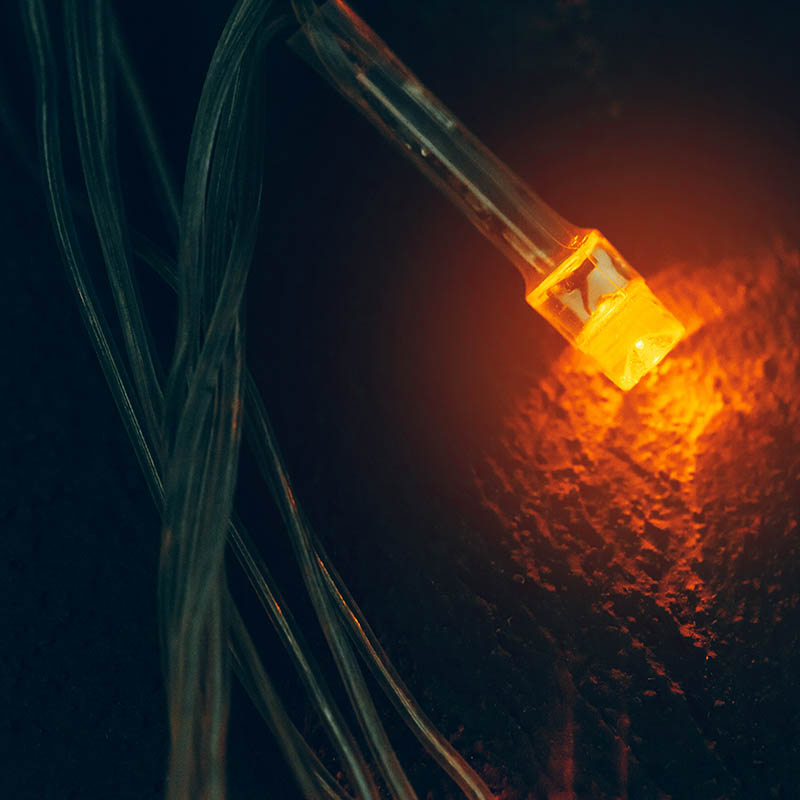
By: Madeline P.
Year: 2023
School: Los Alamitos High
Grade: 11
Science Teacher: Lauren Helm
In the vast landscape of scientific inquiry, even the smallest components can hold immense potential. In her award-winning OCSEF project, Madeline delves into the realm of nanotechnology, seeking to unravel the mysteries of platinum nanowires and their role in hydrogen sensing.
With a carefully laid out plan and a suite of specialized equipment at her disposal, she embarked on a journey to test different thicknesses of platinum nanowires, aiming to identify the optimal configuration for hydrogen sensing.
Using a glass slide as her canvas and nickel as her substrate, Madeline etched trenches beneath a layer of photoresist, laying the groundwork for the deposition of platinum ions. Through precise timing and methodical execution, she created nanowires of varying thicknesses—184 nanometers, 130 nanometers, and 881 nanometers—each a testament to her skill and precision.
Madeline’s hypothesis was that smaller nanowires, with their higher surface area to volume ratio, are poised to offer a faster and more consistent response to hydrogen sensing—an assertion rooted in sound scientific reasoning and a keen understanding of nanoscale phenomena.
Armed with her crafted nanowires, Madeline started with gas sensing, subjecting each specimen to rigorous testing in the gas sensing station. With each data point collected, she gained deeper insights into the intricate interplay between nanowire thickness and hydrogen sensing capabilities.
As the data accumulated, Madeline found that smaller nanowires emerge as clear frontrunners, boasting faster response times and greater stability—a revelation that carries profound implications for industries reliant on hydrogen sensing technology.
